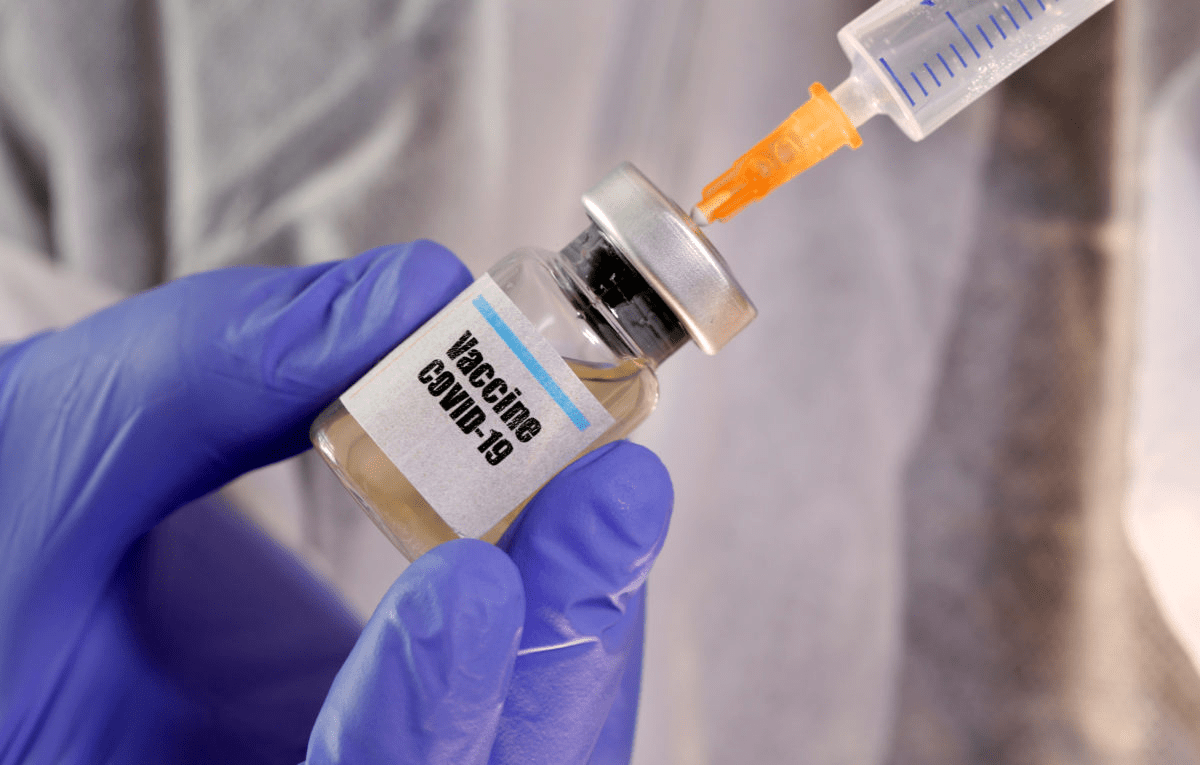Health
Who will get COVID-19 vaccine first?

WHAT YOU NEED TO KNOW:
- The debate begins in the US about who will be prioritized once a COVID-19 vaccine would be out in the market.
- Drug manufacturers have already undergone clinical trials since summer to determine the safety and efficacy of the vaccines.
- The World Health Organization is also having a dilemma on who to prioritize once vaccines are out to ensure that it will be distributed equally across poor countries.
Lengthy discussions begin as US public health experts are hoping that draft guidance on how to ration initial doses of COVID-19 vaccine would be finalized by late September.
Dr. Francis Collins, director of the National Institutes of Health, recently told one of the advisory groups the government tapped in decision-making that “not everybody’s going to like the answer… There will be many people who feel that they should have been at the top of the list.”
He floated an idea to look at geography and prioritize areas where the most severe outbreaks are occurring. Historically, the priority for a limited vaccine is the health workers and the most vulnerable people.
Collins also raised that volunteers who participated during the clinical trials should also be considered since it’s crucial to determine whether the actual shots would be effective.
“We owe them … some special priority,” Collins said.
During summer, comprehensive studies were conducted to determine which of several COVID-19 experimental vaccines are safe and effective. Last week, Moderna Inc. and Pfizer Inc. started trial testing that will include 30,000 volunteers each.
AstraZeneca, Johnson & Johnson and Novavax would also undergo the same drill in the upcoming months.
The Centers for Disease Control and Prevention (CDC) has come up with a suggestion on who to prioritize for the vaccine. The group is suggesting to first vaccinate 12 million of the most critical front liners ━ health, national security, and other essential workers.
Next in line would be the 110 million people at high risk from COVID-19, those who aged 65 and living in care facilities, or those with poor health conditions regardless of age, or those who are classified as essential workers. After the aforementioned people, the general public can follow.
Over fears about vaccine misinformation and that vaccines could be politicized, CDC Director Robert Redfield said that Americans should treat the allocation of the vaccine as “equitable, fair, and transparent.”
The issue is not singled out in the US. The World Health Organization is also struggling with the same dilemma as it aims to ensure that vaccines are distributed equally to underdeveloped countries. It’s even harder now since developed countries are on stand-by to procure the first doses once it’s out in the market.
Another issue is that even if a vaccine would be made available by the end of the year, there won’t be ample supply for everybody, especially that vaccines usually yield two doses.
Source: AOL.com
